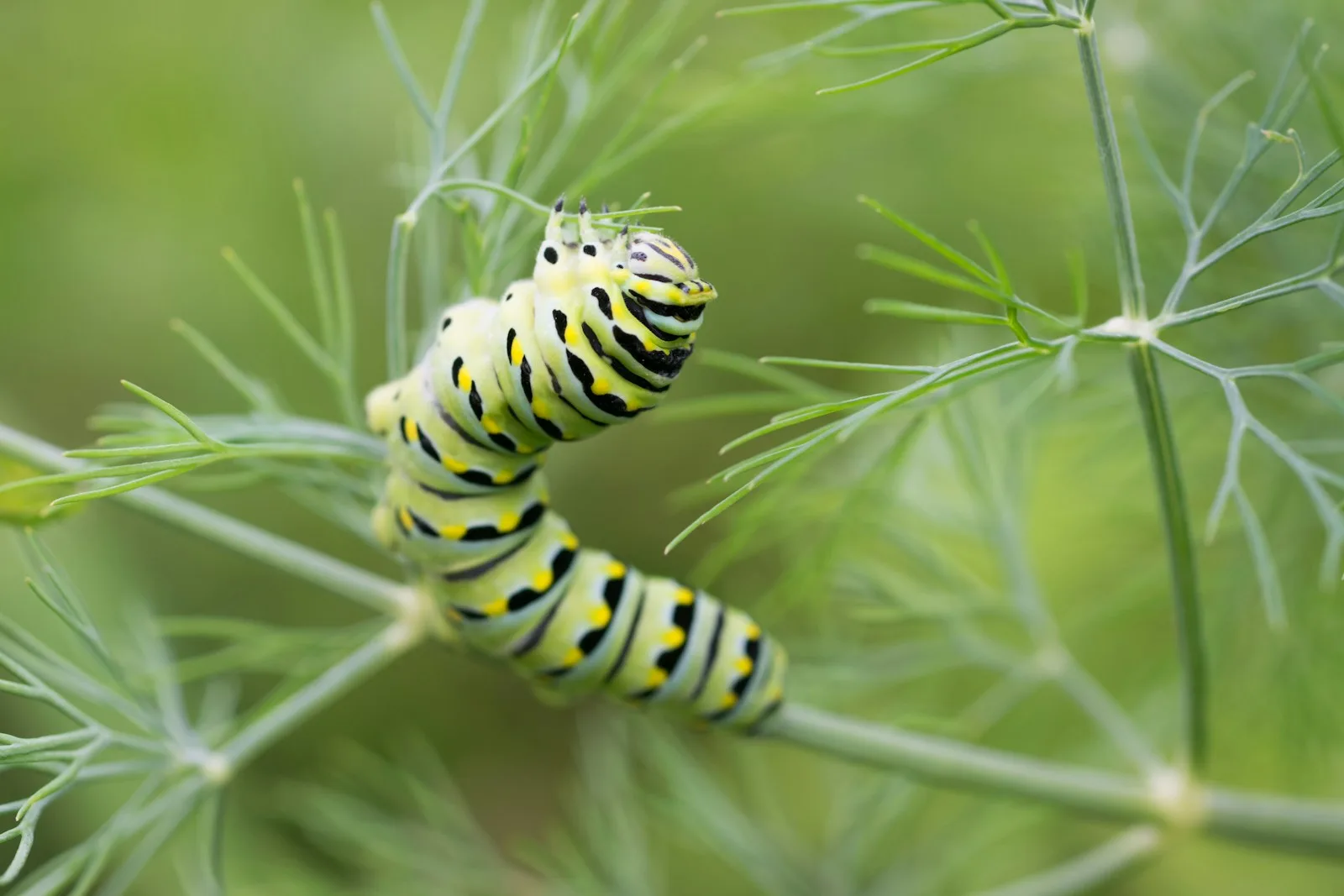
Table of Contents
Understanding Backyard Insect Pests
Many insects get a bad reputation because of their tendency to bite, swarm, or just be annoying. However, each of them is important to the the ecosystems of our gardens and yards..
Thomas Dobrinska, a board-certified entomologist with Western Exterminator. states that less than 1% of the 100,000 or so bug species that exist in the United States are known to be pests.
Moreover, these one-percent pest species are only considered to be present at inappropriate times or places. Many times, insects that we see as pests actually serve us in ways that are invisible to us.
Here are some of the most misunderstood backyard pests.
Ants

Ants are superheroes, they play a role in maintaining the balance of nature. They break down organic matter, transport seeds to help propagate plants, aerate the soil, and eat other insects.
According to Dobrinska, “They fertilize the soil and recycle nutrients through the world’s ecosystems by subterranean animal and plant matter.” “These small steps make a big difference, reducing the need for chemical fertilizers and irrigation,” Phillips continues.
According to Holst, ants are also quite simply attractive. “They farm, herd aphids, work in teams, they’re social, organized and help with pollination.” Sealing small holes and cracks, especially near power lines, will help keep them away from our home.
Wasps and Yellowjackets

Insects that can harm garden plants, such as caterpillars and flies, are fed to the young of the paper bowls and yellow jackets. In addition to pollinating flowers, paper wasps also feed on nectar.
According to Phillips, “When avoiding them on your picnic, remember that bees, like bees, are among the most ecologically important organisms for humanity.” They support food security around the world. That way, you can express their gratitude for the food in your spread.
Hanging coconuts from your porch is a creative way to prevent paper cups from nesting too close for comfort. They may discourage new colonies because they are competitors.
Bumblebees

Nowadays, the general condition of bumblebee, and other bee and butterfly populations is particularly dismal. So, you don’t just tolerate every bug that comes into your yard, you also enjoy it.
The destruction of their habitat by pesticides and herbicides is at the root of many of their problems. So, you can really help bees by making your yard bee-friendly.
Ladybugs

The multicolored Asian lady beetles, their cousins, occasionally come in disturbing swarms or try to hibernate indoors. However, ladybugs are ferocious predators, consuming both larvae and adults of many insects such as mealybugs, aphids, scale insects and spider mites.
It is preferable to use barrier barriers instead of pesticides to keep these beneficial bugs at bay. Learn if June bugs are poisonous and how to get rid of them.
Spiders

Spiders are known as pests even though they are not considered pests. Although they are all poisonous, not all spiders will harm you. According to Dobrinska, “bites are extremely rare because they only bite in self-defense.” Having said that, spiders are good at capturing and managing pest populations.
Centipedes and Millipedes

Centipedes are like an all-you-can-eat football team at an insect buffet; They are fast and scary. According to Dobrinska, “They are a natural form of pest control, just like spiders.” Common house centipedes have small mouthparts that cannot pierce flesh, even though they are poisonous, so they are safe.
However, millipedes do not have any venom. As they tunnel, they break down organic matter, fertilize and aerate the soil, making them excellent recyclers. To keep centipedes and millipedes out of your home, remove any damp spots around your home, such as dead leaves, grass clippings, and too much mulch.
Earwigs

Yes, the appearance of earwigs is an unsettling one. They are also completely misinterpreted. Dobrinska argues that “earwigs are extremely beneficial.” “They aerate and fertilize the soil by eating decomposing organic matter.”
They also eat insect larvae, mites and aphids. As with centipedes and millipedes, dead leaves, grass clippings, and mulch must be removed from wetlands near the home to effectively manage them.
Mosquitoes

Phillips comments, “Ah, one of the most annoying insects of all.” “But, shockingly, flower nectar—rather than human blood—is their main source of nourishment!”
Like bees and butterflies, mosquitoes are pollinators. A female needs a protein-rich blood meal when she is producing eggs. (Males do not bite; they only feed on flower nectar.) Because they feed on birds and other insects, they are also important to the food chain.
Remove any standing water to help the population remain organically balanced. Next, create habitats that support hummingbirds, dragonflies, turtles, bats and other predators.
READ | Do marigolds deter insects? How to repel pests with these aromatic plants


1 thought on “10 Ignored Pests Hiding in Your Yard: Uncovering Hidden Dangers”